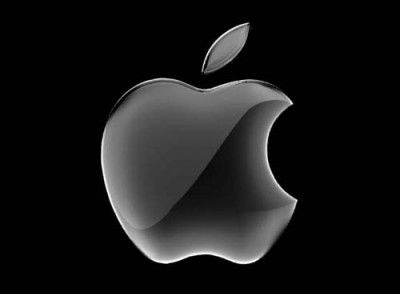Apple has delivered solid quarterly financial results that helped settle a somewhat jittery market – concerned at recent disappointing results from tech players such as Intel and Amazon.
Apple for its third quarter posted a healthy rise in both profits and revenues, amid analyst worries about shipments of its principle money maker, the iPhone, in mainland China.
Consequentially, Apple’s share price was up roughly 2 percent on Friday morning trading to $223.04, and a market capitalisation of $3.42 trillion, ahead of Microsoft which is currently worth $3.02 trillion.

Image credit Apple
Q3 financials
There is no doubt that Apple has been buoyed of late by a wave of investor optimism, after the firm had finally revealed its AI strategy and strategy in June at its WWDC conference, where it unveiled its “Apple Intelligence” plans.
In order to operate Apple Intelligence, users require at least an iPhone 15 Pro, which has also led to investor confidence of a strong upgrade cycle for the iPhone 16 portfolio, slated to arrive in Apple’s usual September launch window.
But how was Apple’s fiscal performance in the April to June period, amid concern about iPhone shipments in China?
Well for Apple’s third quarter ending 29 June, the iPhone maker posted a net profit of $21.448bn, up from $19.881bn in the same year-ago quarter.
There was equally good news on the revenue side, as sales rose 4.9 percent to $85.8bn from $81.797bb a year earlier. This beat Wall Street expectations of Q3 revenue of $84.53bn.
“Today Apple is reporting a new June quarter revenue record of $85.8 billion, up 5 percent from a year ago,” said Tim Cook, Apple’s CEO. “During the quarter, we were excited to announce incredible updates to our software platforms at our Worldwide Developers Conference, including Apple Intelligence, a breakthrough personal intelligence system that puts powerful, private generative AI models at the core of iPhone, iPad, and Mac.”
“We very much look forward to sharing these tools with our users, and we continue to invest significantly in the innovations that will enrich our customers’ lives, while leading with the values that drive our work,” Cook concluded.
China shipments
Overall, sales of the Apple iPhone also improved in the third quarter, falling just 0.9 percent to $39.3bn, compared with the 2.2 percent drop analysts had expected.
But there was no getting away from the fact that sales in China, Apple’s third largest market, declined 6.5 percent.
This was an improvement from the 8.1 percent China decline in the previous quarter, but it was a bigger decline that analyst expectations of a drop of 2.4 percent in that market.
Apple of course is paying the price of having to discount its iPhones in China in the face of intense competition from cheaper domestic smartphones from the likes of Vivo, Oppo, and Huawei.
There was also solid performances from Apple’s other product lines: Mac sales grew 2.5percent to $7.01bn; iPad sales increased by 23.7 percent to $7.16bn; but wearables (Apple Watches, AirPods, headphones etc) fell 2.3 percent to $8.1bn.
Meanwhile sales in Apple’s services segment, which includes the App Store, rose 14.1 percent to $24.21 billion.
The company maintained its cash dividend at 25 cents for each share.





